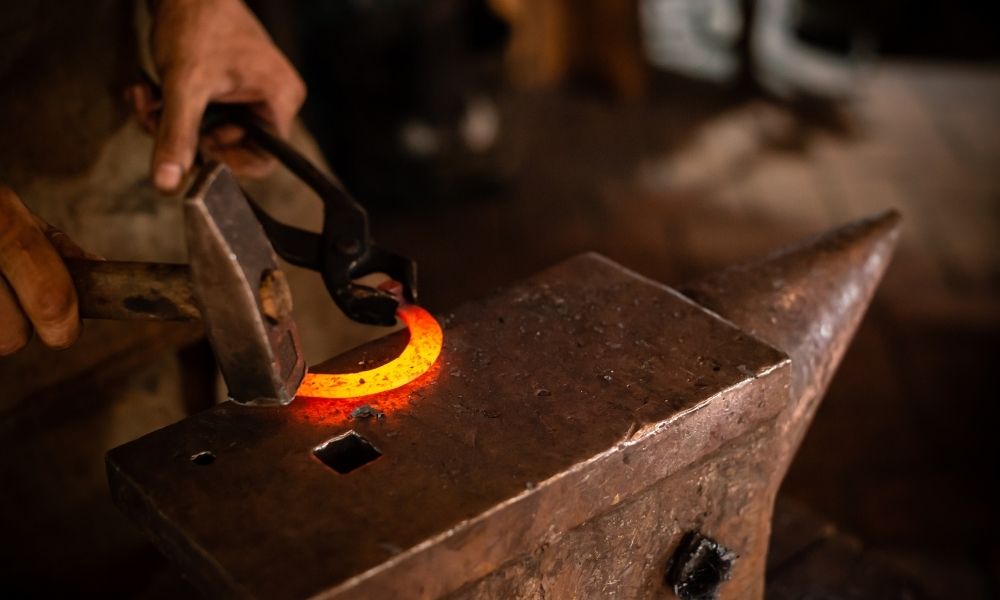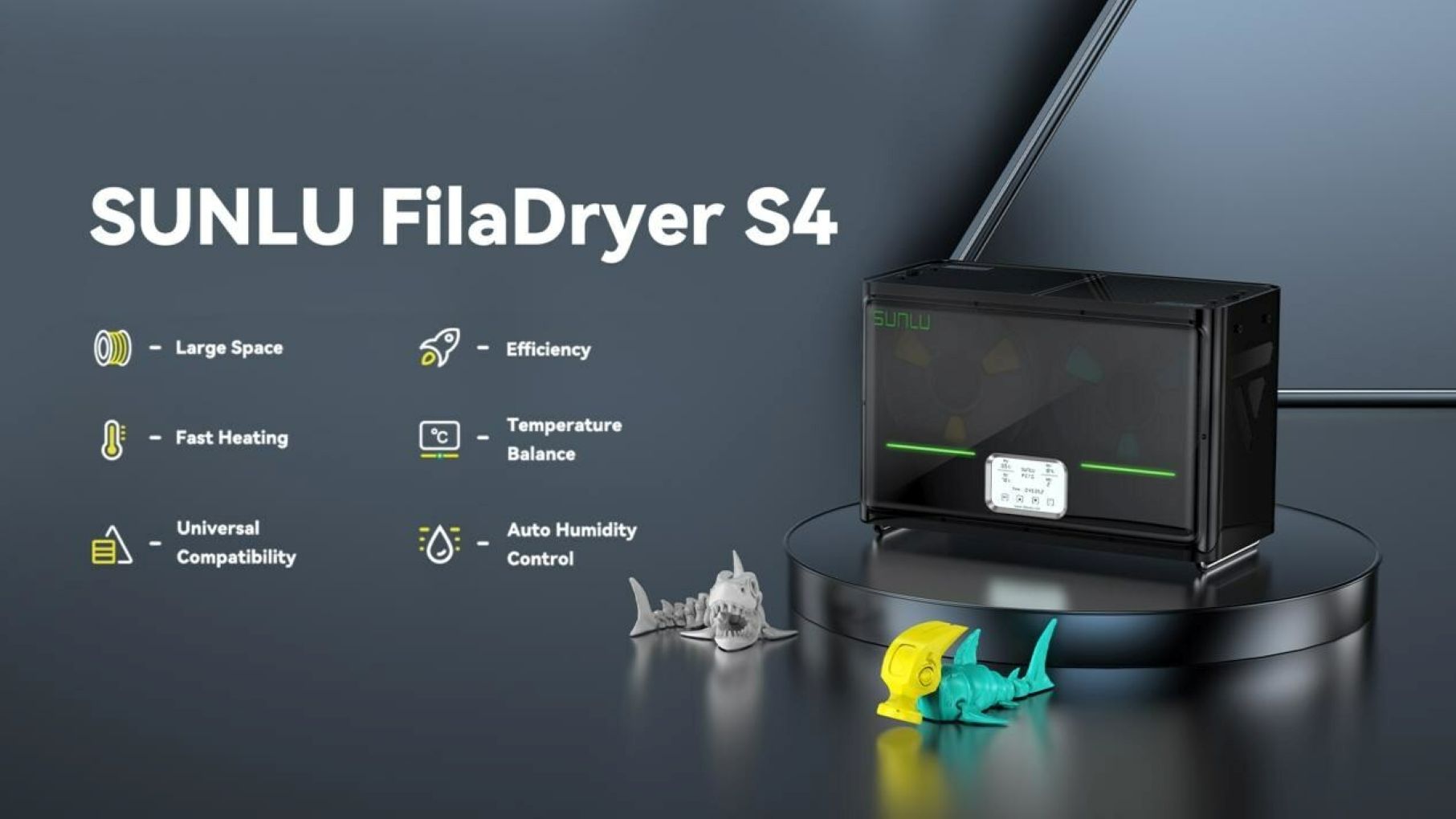Common Mistakes Blacksmiths Should Avoid

Whether you’re an amateur or a professional working at a forge, there are a few common mistakes blacksmiths should avoid that they might not know. From improving their technique to understanding how to manage temperatures, there is a lot to consider in a short amount of time to produce highly crafted metals.
Proper Hammering Technique
Just like a pitcher, your technique is everything. With the wrong form, you’ll make it harder to manipulate your material correctly, and the physical wear could lead to serious injuries. Tennis elbow, or blacksmith’s elbow as we call it, can develop in a matter of weeks if you’re hitting the forge hard with the wrong form. This will make you unable to work in the forge and will negatively affect your daily life.
When forging, keep your body straight, and your elbow relaxed. It would be best to swing in a straight line over the shoulder, snapping your arm around for momentum. You’ll start to have problems once you begin gaining all your force from your elbow.
Learn To Manage Your Forge
As much as you are a sculptor of metals, you are a builder and maintenance of fires. Your forge is the lifeblood of your operation, and if it cools or overheats, it becomes unusable. Since you don’t want to constantly interrupt your work to fix an errant fire, you’ll want to learn to sustain temperatures over a long period. You can only learn this skill through practice, but you can help yourself out when starting by constantly checking the temperatures. Being overly cautious is always the best practice until you have a natural feel for your forge.
Don’t Cool Too Quickly
Once you’ve completed sculpting and manipulating the metal into its final position, you haven’t finished your job. You still need to bring the material down to temperature without cracking or compromising the piece. One of the most common types of forging defects is flaking, where the crafted metal gets an internal crack that you can’t fix. At that point, you ruin the metal’s integrity, and you’ll have to start from scratch.
Also, if you keep the piece in the forge to chill, it could develop cracks along the corner, called cold shut. This forging defect will permanently damage the metal. So you’ll want to be hypersensitive to temperatures in the shop, forge, and within the piece at all times.
Now that you have a better understanding of the common mistakes blacksmiths should avoid, which do you think is the most important to remember while working in the forge?





